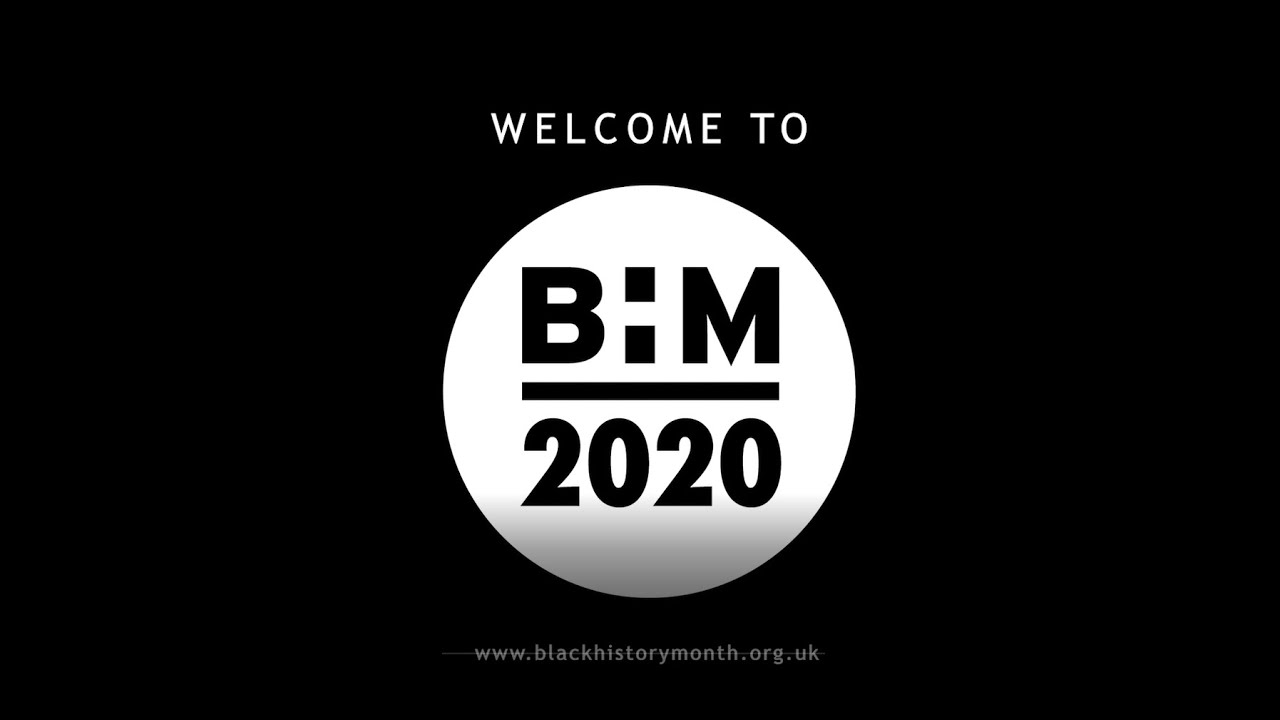Tag: Student Ambassadors 2019-20
This October we are celebrating Black History Month, and we asked some of our tutors who study Black history within the School for aspects of Black history that they think are untold. From influential figures to fascinating manuscripts, these sources give us a deeper understanding of Black history and why it is so important that […]
We asked Student Ambassador Alfie for his thoughts on what it’s like working whilst studying. My first piece of advice for any students looking for a job in term-time would be to make sure you read the job advert closely. If you don’t, you may end up like me. Not that that’s a bad thing. […]
One of our Student Ambassadors, Kate, tells us why she was interested in the role. New beginnings are some of the most exciting experiences of our lives. For me, the most exciting new beginning was when I uprooted myself from Lancashire in the North West of England and came to Edinburgh alone to begin my […]
One of our students, Sarah, gives us the lowdown on surviving exams. As a student, exams are inevitable: some courses only require in-term coursework, but most have a final exam to test your learning through the semester. As a fourth year I’ve gone through many exams and have developed my ideal system for dealing with […]
It’s only now that I’m in my last semester of my final year, and I’m having to contemplate moving to a new city, do I realise quite how much I love Edinburgh and the people in it. Having lived here for four years now, and I can honestly say that there is no other place […]
Student Ambassador reports back from presenting her paper. In late February 2020, I was very fortunate to have the opportunity to present a paper at ‘From Margins to Centre? An Undergraduate Conference on BAME, LGBTQ+, Women’s and Disability History’ at The University of York. I had never attended a conference before and had no idea […]


